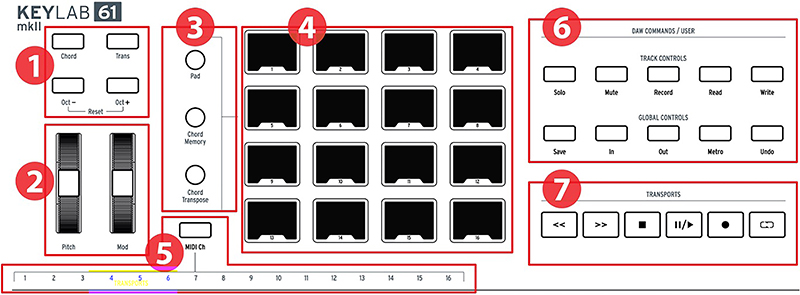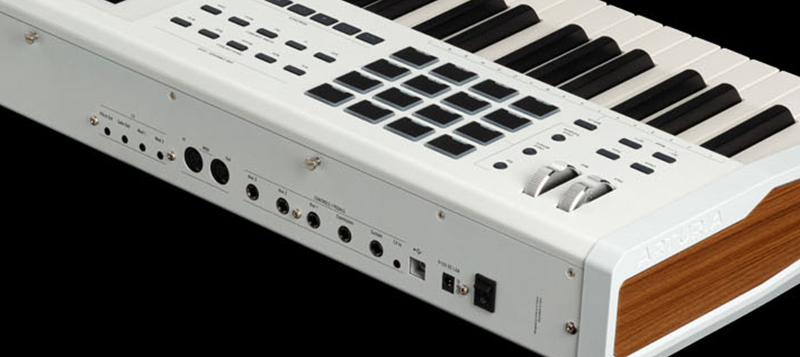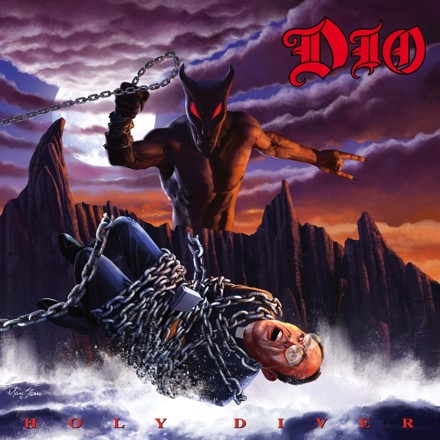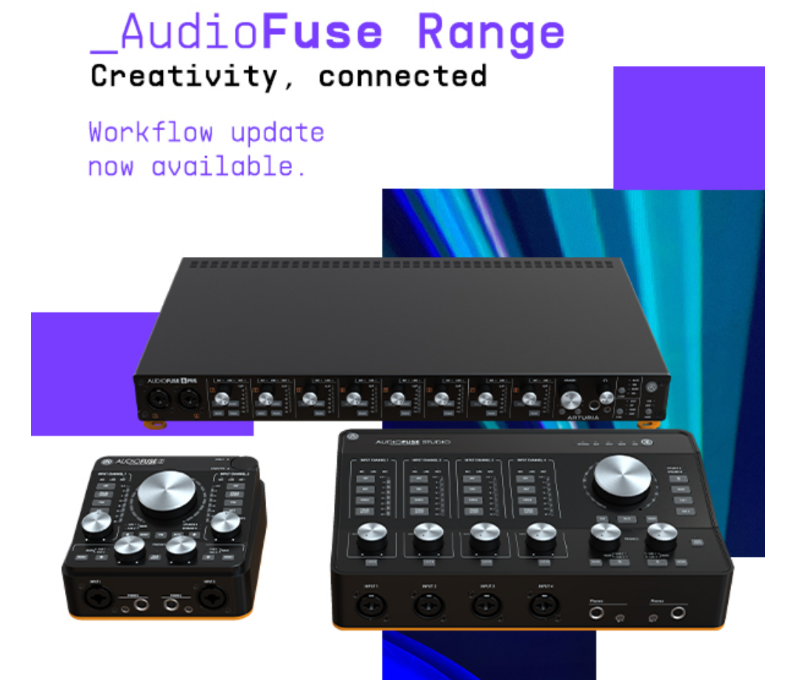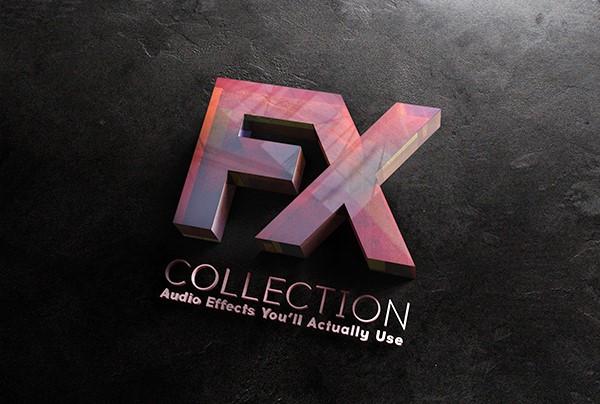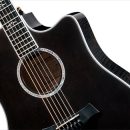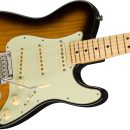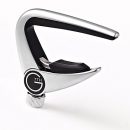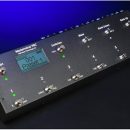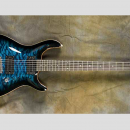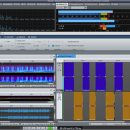We have a long history reviewing Arturia’s products, and the Keylab series is no exception. In 2013, we first reviewed the Analog Lab and MiniLab, and in 2016 we reviewed the Keylab 88; in 2018 we reviewed the Keylab MkII (just the 49-key version). When the 88-key Keylab Mk II version was announced, we were eager to try it out, as prior to the announcement of its release, we got our hands on its “lesser” sibling, the Keylab Essential 88, at a NAMM show. We liked the Essential 88 and thought the keybed itself was a significant upgrade to the Mk I product. We naturally wondered how the flagship Keylab 88 Mk II might compare… and wondered for quite some time due to unexpected product delays related to the COVID pandemic.

At long last, our Keylab 88 Mk II arrived, and just as we were getting set to go to press with the Keylab mk II review, we had an opportunity to get the Keylab Essential 88 from Arturia as well for a direct comparison. While there are a number of similarities between the two products, there are also some significant differences between the two (not just cost!) that may make one better than the other, depending on your requirements. Since the Keylab 88 mk II is the flagship controller, we will focus on that first, and then circle back the the Essential 88 to explore the differences.
Some of the KeyLab 88 Mk II specs include:
- 88-note Fatar TP/100LR keybed
- Aftertouch, velocity sensitive, hammer-action, piano-feel keyboard
- 16 RGB-backlit performance pads
- 9 faders and 9 rotary knobs
- 4 CV/Gate outputs, controlling pitch, gate, and modulation
- Seamless integration with Arturia software instruments
- Presets for multiple DAWs, with useful magnetic overlays for the controls
- Connectivity for expression, sustain, CV/Gate, MIDI, USB and 3 assignable auxiliary pedal inputs
Of particular note, the TP/100LR keybed is the same keybed used in the Native Instruments S88 Mk II, and both of these are different than the category-related StudioLogic Numa X, which uses the Fatar TP/110. We will explore some of the keybed differences shortly.
The left side of front panel looks like below, divided into different sections:
In the section labelled “6” above is where the included magnetic overlays go for your specific DAW. There are nine DAW presets which include preprogrammed control mappings for Standard MCU, HUI, Ableton Live, Logic Pro X, Pro Tools, Cubase, Studio One, Reaper, and MMC. This is great, as many other controllers don’t have this flexibility.
One thing we wanted to point out is that the pitch and mod wheels are located above the keys, not to the left of them as they are on the shorter keybed Mk II models. We were OK with this as the end result is that Arturia’s 88-key controller is noticeably not as wide as other 88-key controllers (50.9 x 12.7 x 4.4), which is great in our studio since it allows more room for racked gear on the sides. Weighing in at just 32 pounds, most studio furniture pull-out shelves should be able to accommodate this keyboard, as our Zaor studio furniture did.
The right side of keyboard looks as below:
To those familiar with the Keylab series (and our reviews of them!), the above should look quite familiar. Section labelled “1” above is in the center of the panel, and has the ubiquitous 2-line LCD display, the “big knob” encoder, and the three Mode buttons below it for DAW, Analog Lab, and User. Pressing one of these automatically changes the assignments of the controls, which is great: one touch from controlling a plug-in to the DAW itself (and many controls have dual labels printed on the panel to reflect this). The USER button allows you to create and utilize your own template as well…
… which is a good lead-in to the included software. The MIDI Control Center (MCC) software Arturia supplies (as a free download) allows for quite a bit of customization of any Arturia controller. It is here you can assign velocity curves, CC controls, and even choose whether the Octave buttons blink or stay solidly lit when pressed. Not a deal breaker, but we thought it might be cool to be able to choose what color the pad backlights were—but no such luck currently. It was here we could also choose which DAW the DAW button selected (in our case, Pro Tools).
One thing we did discover is that in our setup, Pro Tools and the MCC software could not be opened at the same time; more specifically, they could not access the Keylab at the same time. If Pro Tools was opened first, the MCC could not see the Keylab; if MCC was opened first, Pro Tools did not see the Keylab. Given that there’s little reason both need to be opened at the same time, it wasn’t a deal breaker, but it took us a minute to figure this out.
One other thing we discovered, happily, is that MIDI data can be sent simultaneously over the USB connection as well as the standard MIDI DIN ports. In our setup, the USB port is connected to our computer (which also provides bus power), and the DIN port is connected to a MIDI interface that is connected to multiple vintage MIDI modules in a rack. We could control a plug-in via USB and hardware via DIN connection at the same time! While this may seem like a simple thing, surprisingly not all controllers can utilize both types of MIDI output (NI’s S88 MKII can’t, as we found out during that product’s review).
The back panel looks like so:
One other small item we liked was that the power switch (labelled “9” above) was at the far left end of the controller, making it easy to turn on and off. We have reviewed other controllers that had it in the middle, requiring you to pull the keyboard off the shelf to reach it. Overall, we felt that the controls were well designed and thought out, and felt they were more sturdy than the first generation controller. Given the inclusion of USB, MIDI DIN, and CV ports(!), you truly can connect just about anything to the controller.
The other part of the software bundle includes the latest version of Analog Lab, which now includes over 7,000 presets from Arturia’s excellent V-Collection (Version 8 is reviewed here). Included are 28 software instruments that although can’t be edited in the same way as the full-blown collection, you are still getting all of the sonic goodness. For some, that may be just as much a selling point as the controller itself.
Ableton Live Lite, Piano V, Wurli V, and Vox Continental V are also included in the software bundle.
The 500-pound gorilla in the room is, of course, the keys themselves. This is always a matter of personal taste and playing style. Truth be told, we definitely felt that while the MkII has a sturdier, more robust-feeling keybed compared to the Mk1’s, it is definitely a heavy action. Besides synth playing, this reviewer still does Hanon piano exercises near daily (yes, on a piano), and still felt that the action was a bit heavy. There also seemed, initially, to be unwanted jumps in velocity (and therefore volume) while playing, which we found made it difficult to get a nuanced performance. But… as the saying goes, “RTFM!” (We downloaded it from Arturia’s site).
Although the MCC did offer three velocity curves—linear, logarithmic, and exponential—we also found that our firmware was outdated. As it turns out, FW version 1.3.0 (and now 1.3.1) specifically addresses not only under-the-hood velocity resolution for smoother playing, but also now allows for a custom velocity curve, as well as a Global Velocity curve that can be used on all User memories. This simple addition should be a huge boon for players, as everyone’s taste is different, and this will certainly help address that. In our case, we definitely noticed a difference for the better after the firmware upgrade, with a much smoother performance than previously experienced. While this absolutely helped, and the feel became much closer to our liking, the truth remains that this is still a heavy action which will undoubtedly please some, but might not be as liked by others. For those who want a lighter, more hybrid action, the Keylab Essential 88 may be your cup of tea…
| Arturia Keylab Essential 88 |
||
| Category | Value | Rating |
| Features | 35% | |
| Usability | 35% | |
| Sound | N/A | N/A |
| Documentation & Support | 10% | |
| Price | 20% | |
| OVERALL RATING = 3.3 Stars |
||
… which is a great segue to our recently-arrived Keylab 88 Essential. We will get to the panel in just a minute, but the question most of us have is, “What are the differences in the keyboards?” So, we will answer that first.
The Keylab Essential 88 is both lighter and smaller than its Mk II counterpart, and interestingly, that includes the actual keys themselves. At first, we thought our eyes were playing tricks on us, but we actually used a measuring tape to confirm, and the Essential 88 keys are smaller. For example, the white keys are about half an inch shorter on the Essential than the Mk II; the black keys are shorter, too, but the difference is less significant. This might not matter to some, but Jazz or Classical piano players might prefer more standard-sized keys as found on the Keylab 88 Mk II.
As for the keybeds themselves, the Essential uses what Arturia calls a hybrid synth-piano feel. To us, it felt like a light, springy, synth-action keybed. Happily, the feel was much more solid feeling than previous iterations of the Keylab series, with no key wobble. The keys were fairly quiet as well—which is an observed problem on some controllers—but not here. The action felt fast, so synth solos should be easy to execute. The keybed, however, although velocity sensitive, does not have aftertouch, which is (bedsides the piano action) a significant difference from the Keylab Mk II. How important that is to you is something only you can decide, but we know some players who feel this is an essential (no pun intended) feature for any controller that will be your point of contact for a random assortment of hardware and software keyboard products. One positive tradeoff in the Essetial 88 is a slightly smaller footprint, and a greatly reduced weight compared to the Mk II is another benefit. The essential is only 18.7 pounds compared to 32.4 pounds for the Keylab Mk II. Just put it in a bag and go!
Moving to the front panel of controls, the Keylab Essential has one clickable encoder (the ubiquitous “big knob”), nine encoders, nine 30mm faders, six transport switches, four command switches, one modulation wheel, one pitch bend wheel, and eight touch and pressure-sensitive pads. In contrast, the Mk II has 16 pads, not eight. Interestingly, using the “Map Select” button next to the pads, you can select the mode the controller is in. Pad 1 is for controlling analog software (like the Mk II, this is included as well); Pad 2 is for DAW mode, and the other six pads are custom user assignable. These are created using the same MIDI Control Center (MCC) software we described earlier, and explained in this video:
This is in contrast to the Mk II which, as mentioned earlier, has a dedicated section separate from the pads for assignments and placing magnetic overlays for different DAWs. The Essential does, however, allow for MCU/HUI control compatibility.
The encoders feel similar on both, but the faders have a shorter throw distance on the Essential. Additionally, the Essential lacks the additional row of buttons under each fader. The buttons feel slightly different, with a more “premium” feel to the Mk II. Not surprisingly, the Essential, being lighter, has less wood accents and metal pieces compared to the Mk II. The Essential also lacks the Mk II’s bundled laptop and music stand attachments.
Moving around to the back, the Essential has less connectivity than its big brother. There are only four ports: DC In, USB (which can also supply power), a sustain pedal jack, and a standard MIDI Out DIN-5 port. One additional item that is missing, which bothered us, was the lack of a power switch. The Mk II has a switch, and it’s in a very convenient location on the far left end.
The software the Essential comes with includes Analog Lab, Abelton Live Lite, and UVI Model D, while the Mk II comes with Analog Lab, Abelton Live Lite, Piano V, Wurli V, and Vox Continental V. Once again, the Essential has fewer bells and whistles than the mkii.
As you can imagine, there is a not only a difference in features, but also a significant difference in price. The Keylab 88 Mk II (MSRP $1,150) can be found online for $999; the Keylab Essential 88 (MSRP $43) can be found online for only $379.
So, at the end of the day, what do we think? Overall, the Keylab 88 Mk II has fantastic connectivity, ample controls in the form of buttons, sliders, and encoders that are all customizable, a manageable weight and footprint, flexibility with many DAWs, and tight integration with the excellent bundled Analog lab (as well as great integration with the optional V-Collection). For our taste, the action is a little on the heavy side, but certainly something we can get used to. Others may very well feel it is just right. Either way, it’s more like playing a real acoustic piano.
Conversely, if you don’t want the bigger price tag and don’t need weighted keys or the additional controls or connectivity, the Essential 88 is an attractive package of 88 keys with basic controls and connectivity, and it still includes the fabulous Analog Lab software. We think both are good values for their respective price points, and should be on your short list when evaluating 88-key controllers.
Contact Information
Arturia
https://www.Arturia.com




